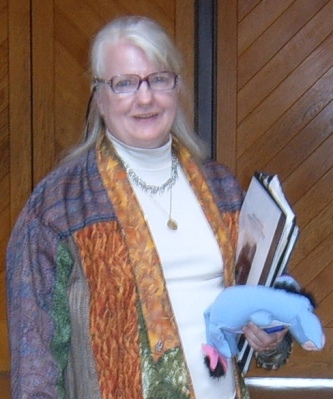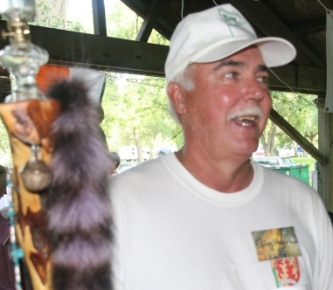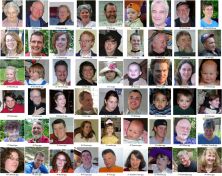Arleen died peacefully at 12:12 p.m. 5 September 2006 at St. Scholastica's, St. Cloud, Minnesota


A memorial and burial service were held at St. Benedict's Monastery on Friday, September 8, 2006<


Arleen died peacefully at 12:12 p.m. 5 September 2006 at St. Scholastica's, St. Cloud, Minnesota


A memorial and burial service were held at St. Benedict's Monastery on Friday, September 8, 2006<


| DePaul Willette has arranged for a tree to be planted in Yellowstone Park in the name of Arleen |
 |
 A brief obituary from daughter Mary,
A brief obituary from daughter Mary,
 Blogs of Denis and Mary, August-September 2006
Blogs of Denis and Mary, August-September 2006
 |
 |
 |
 |
 |
Arleen's descendants and their significant others... Clik on pic to see a larger pic! (from Brigid) |
 90th birthday memorial, May 2006: the HYNES family rejoice at Kilfenora, Collegeville
90th birthday memorial, May 2006: the HYNES family rejoice at Kilfenora, Collegeville
 Arleen's brief chronology of her life
Arleen's brief chronology of her life
 |
A Memoir of Josie Dunn McCarty (Mama) by Arleen McCarty Hynes |
 |

(updated December 1, 2006 - send any errors/changes to hgordonb@comcast.net )
To return: Home